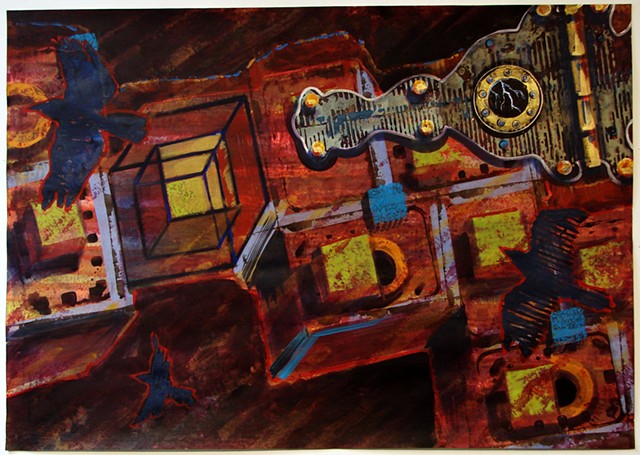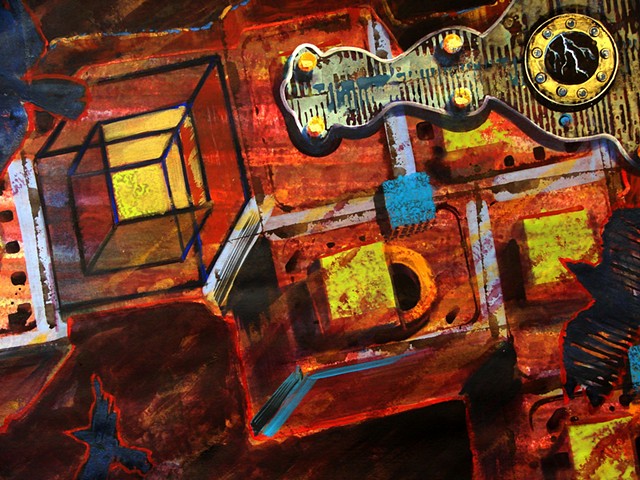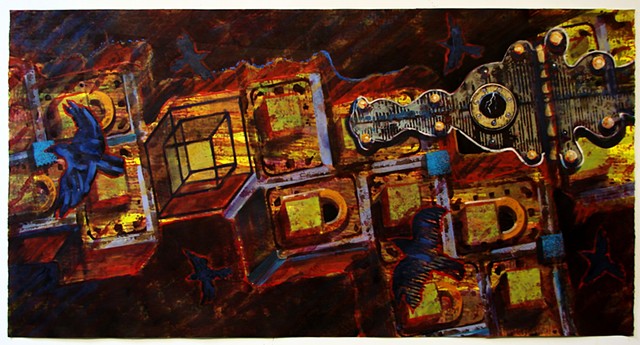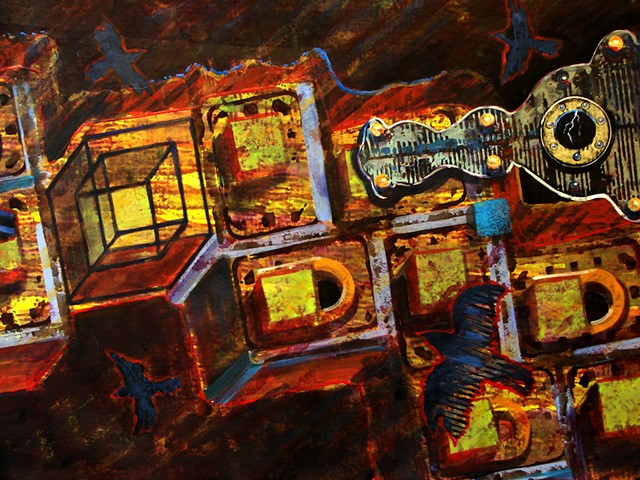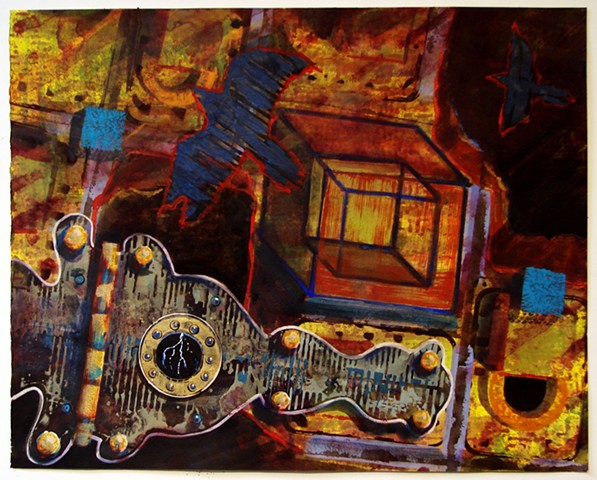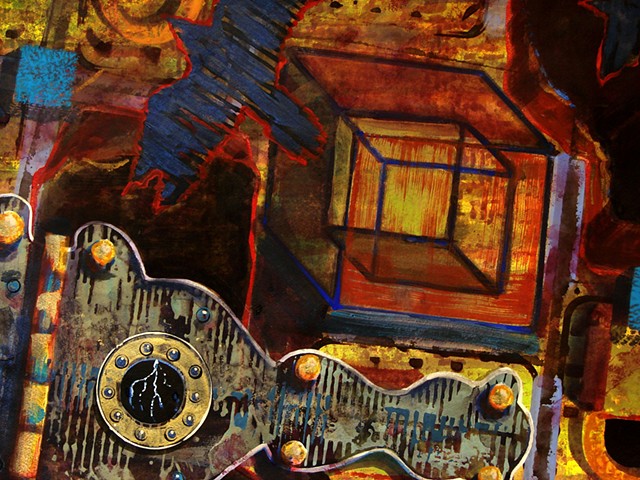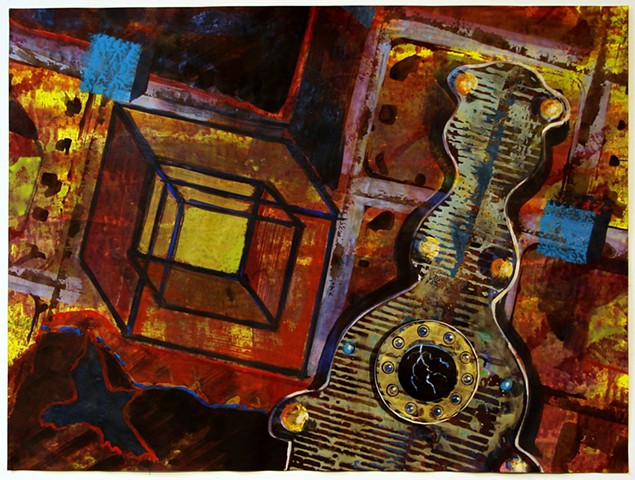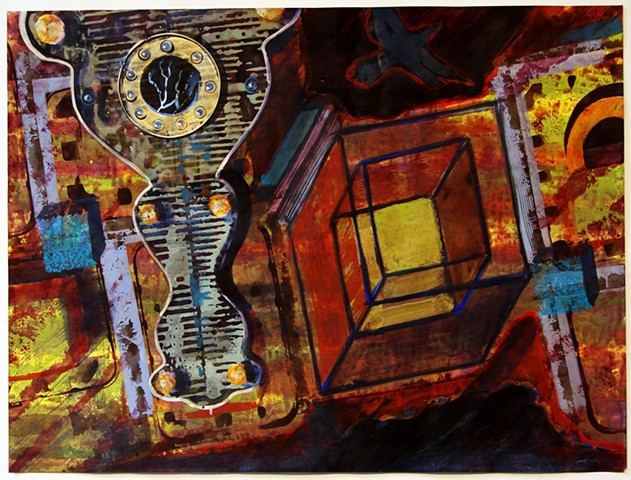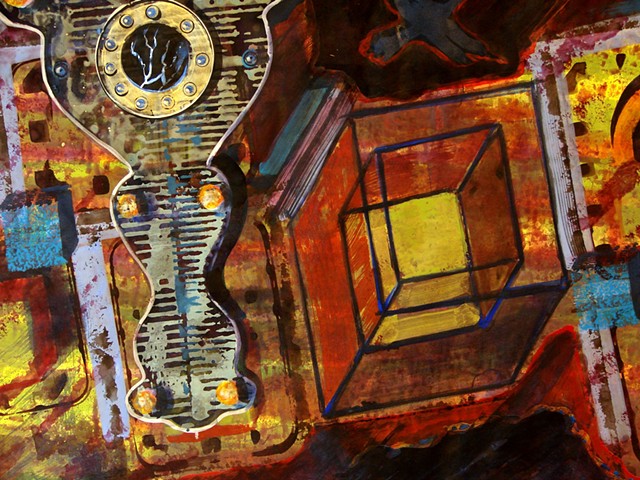Opened Enclosures
Enclosures Over Time
We spend some of the very first moments in our life in the enclosed spaces of a crib.
The longed for conditions of a happy childhood usually are described within the four walls of a home, the family domicile. During our formative years with our families we are sheltered from the ‘wilderness’ of the outside world by constructs of thought as much as by timber, brick, stucco, masonry, a roofed-in structure that also keeps out the threats of weather. Shade in summer and heat in winter make our walled in comfort a year-round possibility. And so we grow, ensconced by an architecture that shelters us from the elements and the darkness of night.
During the course of our adult lives we may move many times from town to city, apartment to house, even from one state or country to another. Each time we find ourselves in a new shelter – walls, windows and door – that becomes our place of refuge at night, our place to live, think, work. Another world continues on its way just outside our four walls. Despite the physical barriers that walls and roof provide we are as often outside that box while we are in it. Which is to say, we bring the world inside so that our minds and our technological devices enable us to continue to interface with that outside existence simultaneously. As we have adapted our housing to different parts of our world, so we have evolved a consciousness that runs the inside and outside at the same time, both worlds blocked occasionally from each other as we shelter and process our wanderings, our sense of purpose, and our time working towards some individual goals, moving along our unique pathway.
Mirror and Window
Place a mirror on a wall next to a window. Ideally the wall opposite should also contain windows so that the mirror reflects not just the opposite wall, but also the world outside. This way, seated at the wall opposite the window/mirror wall one can see out in two directions simultaneously from one vantage point. In this arrangement window and mirror can seem interchangeable or even identical as they either open to, or reflect the outside world. As accustomed as we might be to the function of either a window or a mirror, this arrangement has the effect of increasing the dynamic of perforating a wall or enclosure in a way that is temporary to the structure but enlivening to our sense of how easily the wall might be opened anywhere along its length or height.
Absence and Presence
One of the most often cited chapters of the Tao Te Ching gives examples of the utility of emptiness:
We put thirty spokes together and call it a wheel;
But it is the space where there is nothing that
the usefulness of the wheel depends.
We turn clay to make a vessel;
But it is the space where there is nothing that
the usefulness of the vessel depends.
We pierce doors and windows to make a house;
And it is on these spaces where there is nothing
that the usefulness of the house depends.
Therefore just as we take advantage of what is, we
should recognize the usefulness of what is not.
(Arthur Waley translation)
Shelter and Freedom
An example from Bauhaus teaching suggests that we succeed most in design or like creative enterprises when we limit ourselves. “Freedom through limitations” allows us to separate the unnecessary from the essential and thereby make progress without cluttered distraction. Narrowing our choices to enable sharper focus on the task at hand might also be likened to the enabling environment that a successful shelter has. Its walls and roof - our studio setting, for example – give us just enough isolation to be able to work without the distraction of the changing light and conditions outside. Often we take these for granted in much the same way that an awareness of absence and presence is. For most of us, the comfort of shelter is basic and its refuge has always been part of our daily existence. In many ways, ‘the roof over our heads’ has become as much a part of our freedom as the ranging world outside. We use one to help us reassemble the other in a condition of solitude or at least stability.
Perhaps the two are never really separate despite our sheltering enclosures. Perhaps absence and presence only apply because we can somehow free ourselves long enough to partition them into comprehensible patterns or states of mind. Or perhaps there is no difference between the window and the mirror. The world within and without are hills and valleys, the positive and negative storage baffles of egg cartons, elation of success, depression at failures and set-backs – the wave or pulse of nothing and everything.
